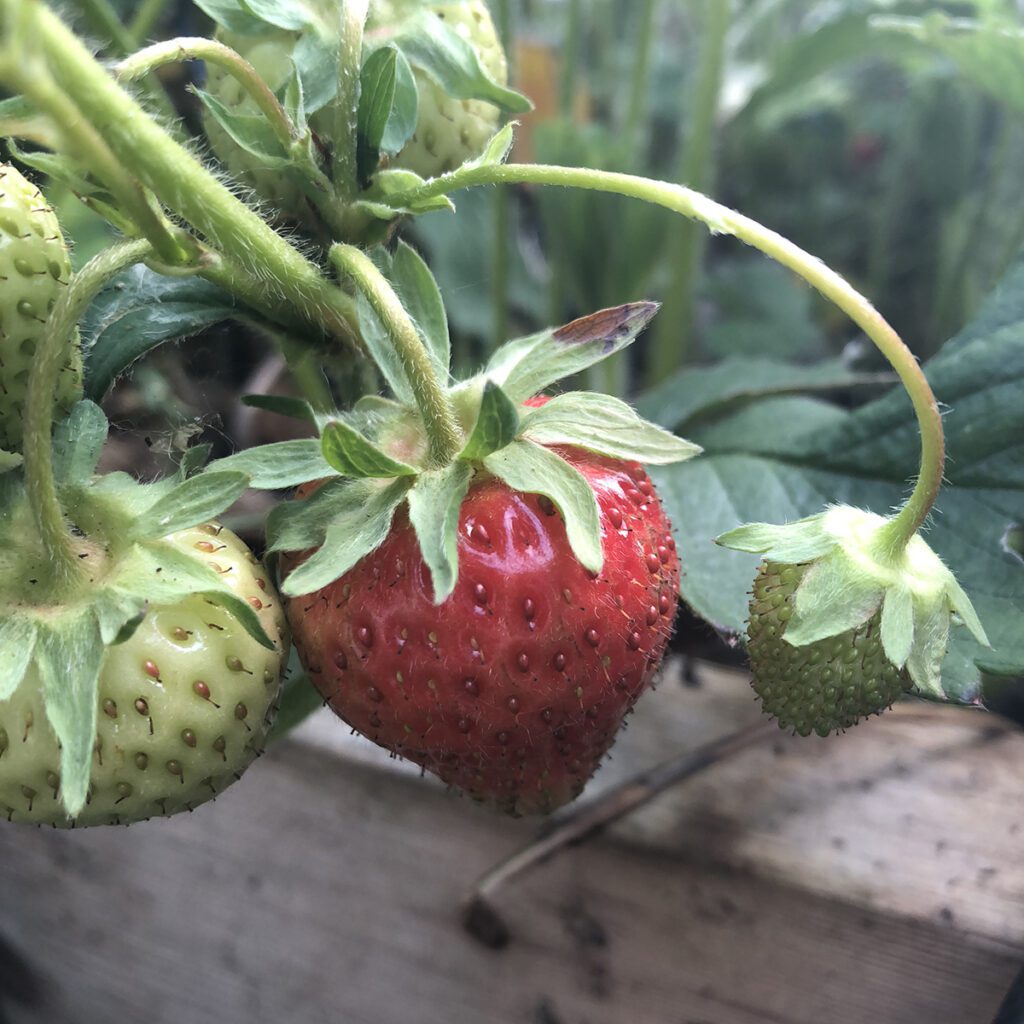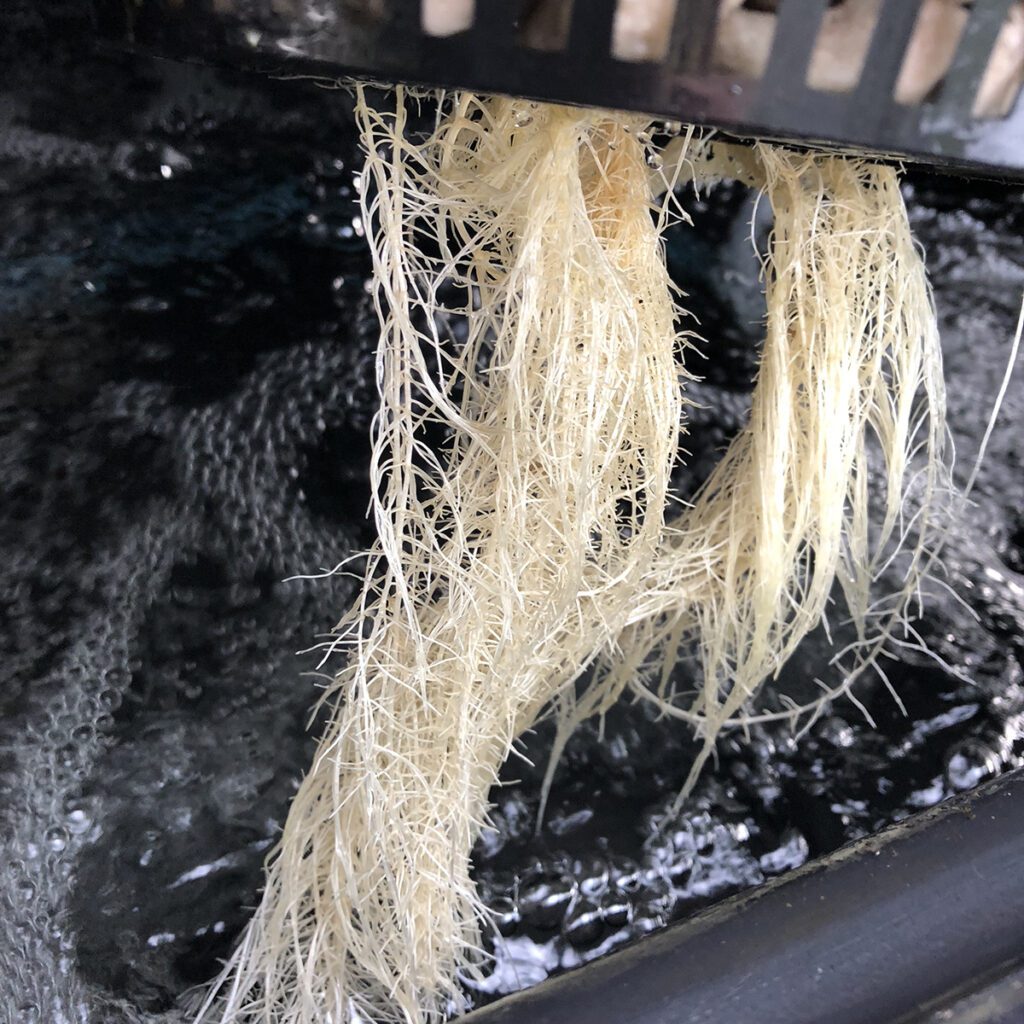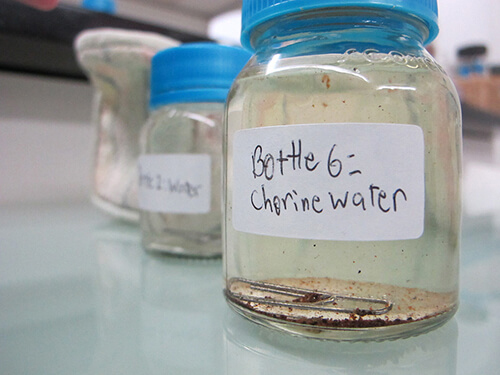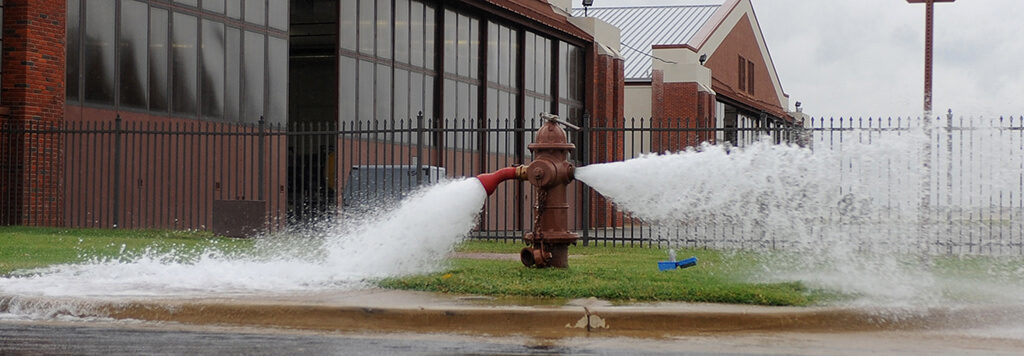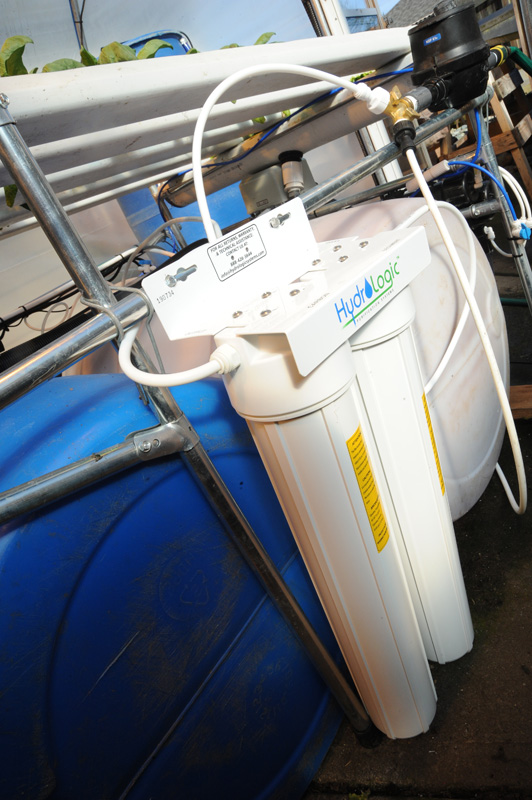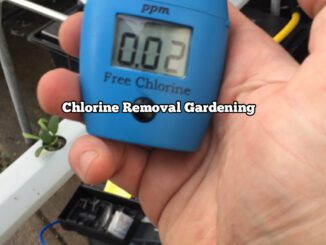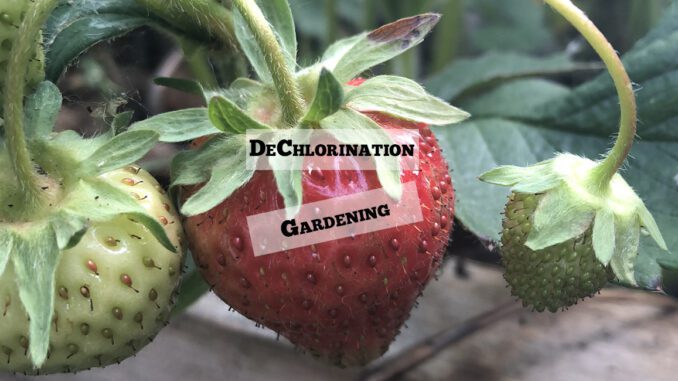
DeChlorination Gardening
Chlorine Removal For Healthier Plants & Harvests
DeChlorination gardening is an often overlooked yet vital link in the health and quality of organic, conventional and hydroponic harvests. Naturally, dechlorination gardening with Aquaponics systems is also essential as with any type of aquatic production in ponds, aquaculture or aquatic plants. Our friends at HydroLogic Purification Systems are leaders in water purification, including garden water dechlorination, and have a lot of experience with dechlorination gardening from both a technical sense, as well as one based on what works for thousands of clients and customers all over the globe they receive feedback from.
This article re DeChlorination Gardening has been used with permission from HydroLogic’s Commercial Filtration division’s Blog at HyperLogic.com. If you are interested in healthy water, both of their sites are a treasure trove of information and related facts.
America, the Chlorinated
According to the American Chemistry Council, about 98% of U.S. water treatment systems use some type of chlorine disinfection, with chloramines comprising about 20% of usage and rapidly growing. While the two compounds essentially perform the same function, they are different in that chloramines (chlorine bonded with ammonia) is far more resilient than chlorine (so especially important in dechlorination gardening), allowing it to actively persist throughout an entire distribution system all the way to the farthest tap. Both have been used for a long time and are regulated as safe to consume at 4 PPM (parts per million), although there is still debate on the safety of long-term use by people and pets.
Chlorine Makes Water Safe, But is it Healthy For Plants?
So, what’s the problem? If regulated amounts of chlorine/chloramines are safe for people, shouldn’t they be safe for plants as well? There are two big issues with chlorine/chloramine treated water that the seasoned grower might already know from experience. First, these chemicals can build up in a plant’s vascular tissue and can eventually kill it.This is called “chlorine toxicity” and begins with the burning/yellowing of leaves, leaves dropping and ultimately plant death. Obviously, this constitutes as “Very Important” in removing Chlorine for gardens.
Above: Healthy hydroponic roots growing in an Under Current System
This is a bit ironic because a small amount of chlorine (in the form of chloride) is actually good for plants! The second problem is when using helpful microorganisms such as beneficial bacteria, fungi, nematodes, mycorrhizae, and trichoderma, all must have chlorine and chloramine-free water to survive and flourish. Chloramines are even able to kill fish and must be removed for aquariums. When utilized correctly, microorganisms do quite a bit for root health. They protect roots, increase nutrient uptake and directly effects crop quality adding one more reason why dechlorination gardening is important.
The Future: Declining Water Quality
Tap water, while regulated and generally safe, is declining in quality. A recent study by the Natural Resources Defense Council (NRDC) found that one in four sources of drinking water in the USA is either unsafe or improperly monitored. Many parts of California are now “toilet to tap” where once sewage solids are strained, the remainder is chlorinated, and product water is sent back out to local municipalities ready for consumption. When the system needs a “shock,” chloramines are added at a large concentration that guarantees effectiveness all the way to the farthest tap. Cities even switch between using chlorine and chloramines throughout the year, making water quality unpredictable. As bacterial/organic contamination becomes more of a threat, so will the use of multiple antibacterial measures to help ensure municipal water is safe for consumption.
For MORE Information on Household Water Purification Click |HERE|
Above: LANGLEY AIR FORCE BASE, Va. — The 1st Civil Engineer Squadron flushes a fire hydrant here Oct. 7. Flushing the line helps restore proper chlorine to the water main. (U.S. Air Force photo/Amn Rebecca Montez)
Chlorine and Chloramine solutions for Growers
For lucky growers with relatively uncontaminated and stable city water quality, carbon filtration is needed to remove chlorine and chloramines. Twice as much carbon media is needed to remove chloramines as compared to chlorine, and KDF or activated carbon is recommended for the most effective chloramine removal. However, the only way to make sure any water source is consistent and safe to use as a base for nutrient formulas is to use a reverse osmosis (RO) filter. This is especially true in areas where water chemistry changes in response to fluctuating or seasonal contamination hazards.
Above: This Tall Boy dechlorination water filter uses Activated Carbon and Sediment filters to reduce unwanted chlorine and chloramines (KDF filter).
HyperLogic Helps
When choosing a filtration system for your plants, HyperLogic has several different options for treatment like the City Pure System to remove chlorine & chloramines and Plug-and-Play Reverse Osmosis Skids to help you protect your investment from substandard, and sometimes hostile, source water.
Article By Rich Gellert, HydroLogicSystems.com, Owner.
Rich Gellert is the founder and President of HydroLogic Purification systems, and for over 15 years has been solving nearly every water contamination problem imaginable. In his off time he’s a gardener, bicycler racer and avid hiking enthusiast.

